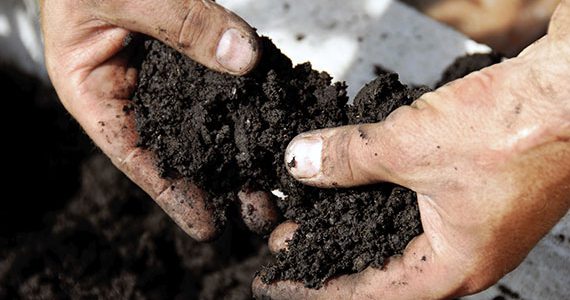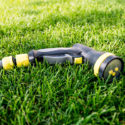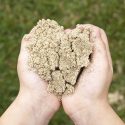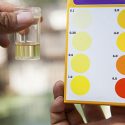Soil texture will influence how you use fertilizer. Soil with good texture can hold adequate water, oxygen, and nutrients for plants. Soil with poor texture can’t. Use this guide to help you evaluate what type of soil you have in your garden.
Sandy Soil
Sandy soil is very common. It has large particles, which allow water to run through with ease. Because of this, sandy soil dries out fast. Most plants have trouble growing in sandy soil because it contains very little organic matter, and thus very few nutrients. To make matters worse, the water running through it brings all of the nutrients deep into the soil, where plants can’t access them.
Clay Soil
Clay soil is very common, especially in new neighbourhoods where most of the topsoil has been scraped away before building. This is the kind of soil that is densely packed and almost rubbery. Clay has very little pore space, or pockets of air. Without this pore space, roots have trouble absorbing water and nutrients, and have no space to grow. Because clay packs down hard, it does not drain well. Clay soil stays waterlogged after a heavy rain. This can negatively affect you plants in several ways, including root rot and even drowning.
Silty Soil
Silty soil is not very common. It is generally found near bodies of water or where bodies of water used to be. It is very rich in nutrients. Like clay, though, silt packs down hard. It has very little pore space, or pockets of air, which make it hard for roots to grow and to absorb nutrients. Pore space is also vital to oxygen levels. Oxygen is needed by roots and helps soil to retain nutrients. Silt has poor drainage and stays waterlogged after heavy rain. This can cause root rot and even drowning.
Loamy Soil
Loamy soil has a good mixture of sand, silt, and organic matter. It has good drainage, lots of nutrients, and pore space. Loamy soil is what you would call ideal soil. Because loamy soil is uncommon, most gardeners have to mix organic matter, sand, or silt into their existing soil to achieve a loamy consistency.



